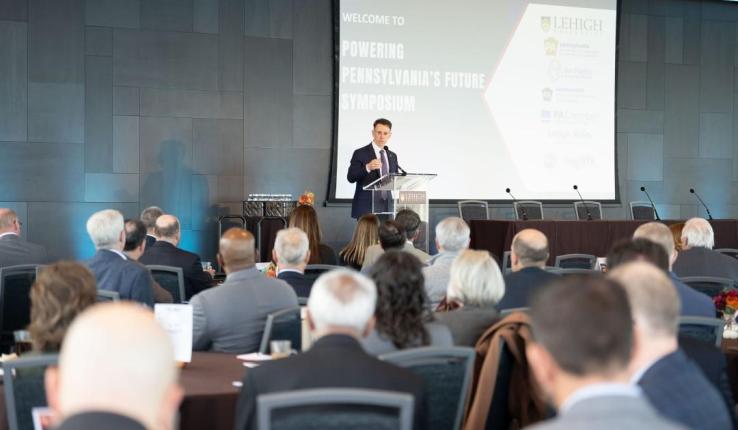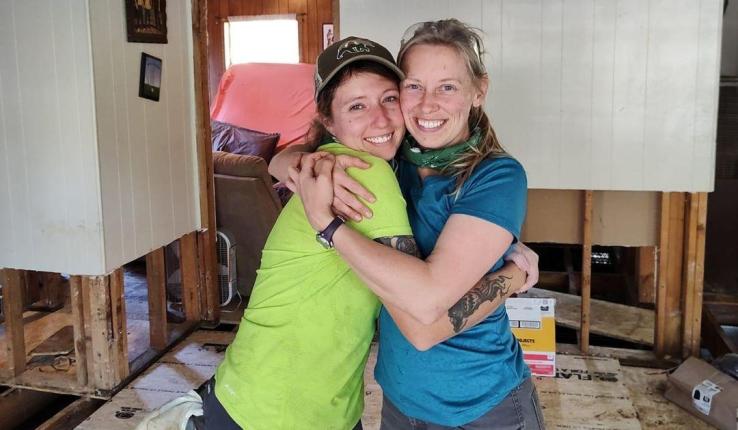Why do kids seem to be lightning-fast at adapting to new technology updates? How are teenagers able to hear new slang words and instantly be able to use them perfectly in context?
For decades, scientists have been investigating these types of questions, discovering how people’s ability to code new information in their brains seems to be most efficient when they are young and diminishes as they get older. The ability to absorb new information as one learns is highly related to brain plasticity (neuroplasticity).
Neuroscientist Julie Miwa, an associate professor and leading researcher in neuroplasticity in Lehigh’s Department of Biological Sciences, discovered in graduate school that the LYNX1 gene could influence brain plasticity. Since then, she has learned that the LYNX1 gene suppresses neuroplasticity, and has been devoted to unlocking the secrets of brain plasticity–to slow down one’s brain from losing it.
According to Miwa, the LYNX1 gene codes for and increases the production of Lynx1 proteins as people age at the end of robust periods of change in their brains. These Lynx1 proteins are capable of acting as molecular brakes on neuroreceptors (signal receivers in neurons), which stimulate neuroplasticity. Miwa's research found that removing LNYX1 in animals improved associative learning and other forms of memory, and extended youthful neuroplasticity into adulthood. Perhaps one day, she said, removing Lynx1 proteins in brains or inhibiting LYNX1 genes may keep brains malleable for longer and help maintain plasticity as people age.
Other researchers have demonstrated that humans can improve their brain’s plasticity by engaging in artistic and creative activities that force their brains to approach problems from a different perspective.
As a jazz musician herself, Miwa uses music to represent scientific ideas and keep her brain more plastic as she approaches neuroscience problems.







